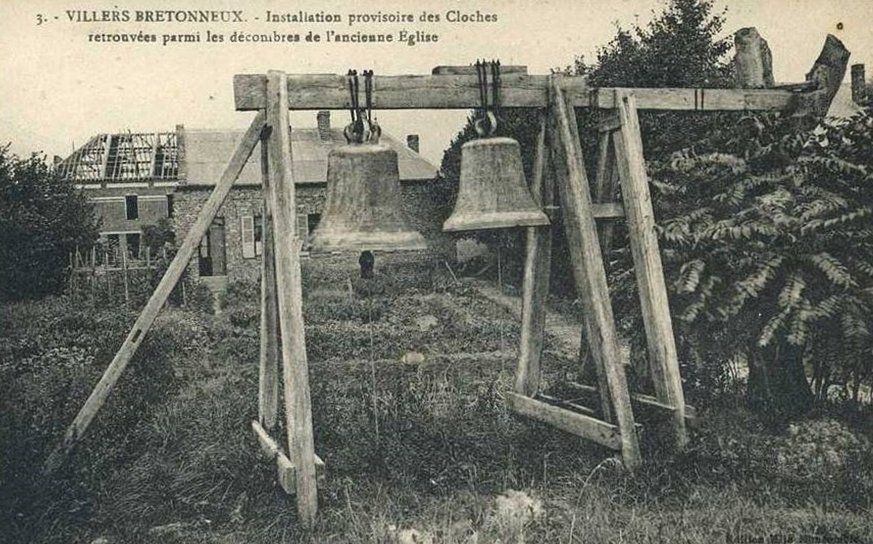History of the city
from Villers-Bretonneux
The Battle of
Villers-Bretonneux
After the murderous Dardanelles (Gallipoli) campaign in 1915, the Australian Expeditionary Force fought in 1916 in the Somme (Pozières) and in the North (Fromelles), in 1917 on the Hindenburg line (Bullecourt), and in the Belgian Flanders (Ypres). and Messina), then again in the Somme and in the Aisne in 1918.
But the year 1918 was the most significant because it stops the German push to Villers-Bretonneux, 24, 25 and 26 April, avoiding the capture of Amiens.
But the year 1918 was the most significant because it stops the German push to Villers-Bretonneux, 24, 25 and 26 April, avoiding the capture of Amiens.
Download the full history here:
Battle of Villers-Bretonneux.

The city
It is in the Gallo-Roman period that there is evidence of the existence of the city, located on the western edge of the Santerre plateau. The villaria that gave the first part of its name to the town was crossed by the Roman road linking Amiens to Saint-Quentin. The second part of the name refers to the installation in this place of Breton mercenaries called by the Romans as auxiliary soldiers
Its geographical location inexorably placed the city on the road of the invaders. The Normans ravaged the entire region in 853, the English looted several times during the Hundred Years War. In 1417, it was the Burgundians who destroyed it and in 1636 the Croatians of the Spanish army burned houses and castle. In 1815, the Cossacks committed a looting in order, then it was the turn of the Prussians in 1870. The battles of the Battle of the Somme destroyed 80% of the city during the First World War.
Its geographical location inexorably placed the city on the road of the invaders. The Normans ravaged the entire region in 853, the English looted several times during the Hundred Years War. In 1417, it was the Burgundians who destroyed it and in 1636 the Croatians of the Spanish army burned houses and castle. In 1815, the Cossacks committed a looting in order, then it was the turn of the Prussians in 1870. The battles of the Battle of the Somme destroyed 80% of the city during the First World War.

Modest agricultural village, Villers reached its economic apogee at the end of the 19th century thanks to the textile industry and hosiery first artisanal. In 1886, a thriving city of 6,000 inhabitants ensured the well-being of a very well-paid working population, the prosperity of thirty companies and the construction of luxurious homes of manufacturers with enormous wealth.
The first world war, the competition, the textile crisis, the opening of delocalized markets gradually led to bankruptcies and closures of workshops. The population declines inexorably to reach 3,000 inhabitants in 1920.
Since 1990, the establishment of diversified industrial activities on an industrial area became intercommunity, the proximity also of the regional capital, leads to a harmonious development of the city around social, cultural and sports facilities that benefit the current 4,300 inhabitants.
The first world war, the competition, the textile crisis, the opening of delocalized markets gradually led to bankruptcies and closures of workshops. The population declines inexorably to reach 3,000 inhabitants in 1920.
Since 1990, the establishment of diversified industrial activities on an industrial area became intercommunity, the proximity also of the regional capital, leads to a harmonious development of the city around social, cultural and sports facilities that benefit the current 4,300 inhabitants.
Excerpt from the book "Villers-Bretonneux", Mémoire en Images collection,
Yves Taté and Jean-Pierre Coutiez





